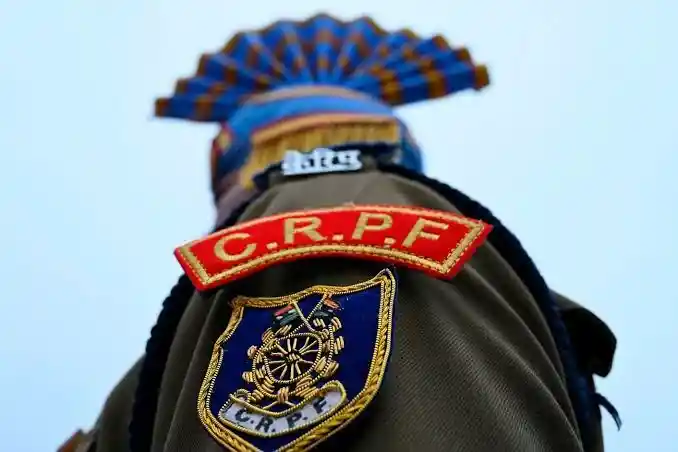The Uniform Of Bravery
From providing safety to over a million people and appearing as the first responder in every emergency situation, this division of police force takes every call of duty quite seriously. Besides this, it all began with the establishment of a paramilitary force on this day, that made freedom possible.

Heroes on duty; Image Source: AFP Photos
In every action movie, there is always a hero with extraordinary powers that is portrayed as the ultimate rescuer and the savior of the people. However, in reality, there is an army of people who stay up all night and all day without considering what will happen to them or how they would be impacted. Our obliviousness borders on apathy for such ordinary people of the world, who are often the real heroes.
In the days when India was emerging from colonization and drafting its own constitution, there came one establishment that took birth to maintain law and order in the country even before independence. As a Crown Representative Police, it became one of the oldest paramilitary forces in the country and was established to protect India's internal security in 1939.
The CRPF was first created as a consequence of political unrest and protests in the princely state of India. As a result of the election in these states, eight of these British provinces became part of Congress and, their influence over princely states seemed waning. As a result, a force team was formed to protect British residents from any future attacks since people were forming alliances against them. As part of their imperial policy, at that time they unknowingly helped the vast majority of native states maintain law and order and counter-insurgency.
On 27th July 1939, Britishers constituted the Crown Representative Police with 2 battalions in North Indian Military Artillery and Cavalry Headquarters (NIMACH) of Madhya Pradesh.
After India attained Independence the force was renamed as Central Reserve Police Force (CRPF), under the Act of Parliament on December 28, 1949, by the then home minister Sardar Vallabhbhai Patil. As an armed force constituted under the central ministry, it is now India's one of the biggest paramilitary forces today, with 30,000 personnel and 286 battalions spread all across India.
It has also been instrumental in the maintenance of security checks of highly sensitive states, including Jammu Kashmir, North East India, Punjab, and Rajasthan, and in the national integration of the princely states in the Indian Union. The central government of India has been highly benefited in maintaining discipline and order among the states of India while keeping the rebellious and politically sensitive areas under control.
As stipulated in the CRPF Act, CRPF Rules were framed in 1955 and published in India's Gazette on March 25, 1955. Shri V.G.Kanetkar was subsequently appointed as the first DG of the CRPF.
CRPF Jawaans are primarily responsible for controlling riots or violent protests within states, providing security arrangements, counter military insurgency operations, securing election sites or vital installations from any outside aggression, and rescuing and rehabilitating people when necessary. It is also called Miniature India due to its national character and the mixed influx of people from all over the country.
In India's history of para-military forces, thirteen companies of CRPF, including a women's detachment, have been airlifted to Sri Lanka to assist the Indian Peace Keeping Force in the fight against militants. In conjunction with other UN peacekeeping forces, CRPF personnel were also deployed to Haiti, Namibia, Somalia, Maldives, Kosovo, and Liberia, to monitor law and order.
Although the contribution of the CRPF is not much acknowledged or visible, its importance in protecting and securing the democratic institution as it stands today cannot be overstated. In addition to maintaining India's integrity, they are real peacekeepers of India. All in all, it is a glorious, vibrant, gallant, and resilient force, CRPF that stands out when achieving pinnacle performance in a variety of fields.


